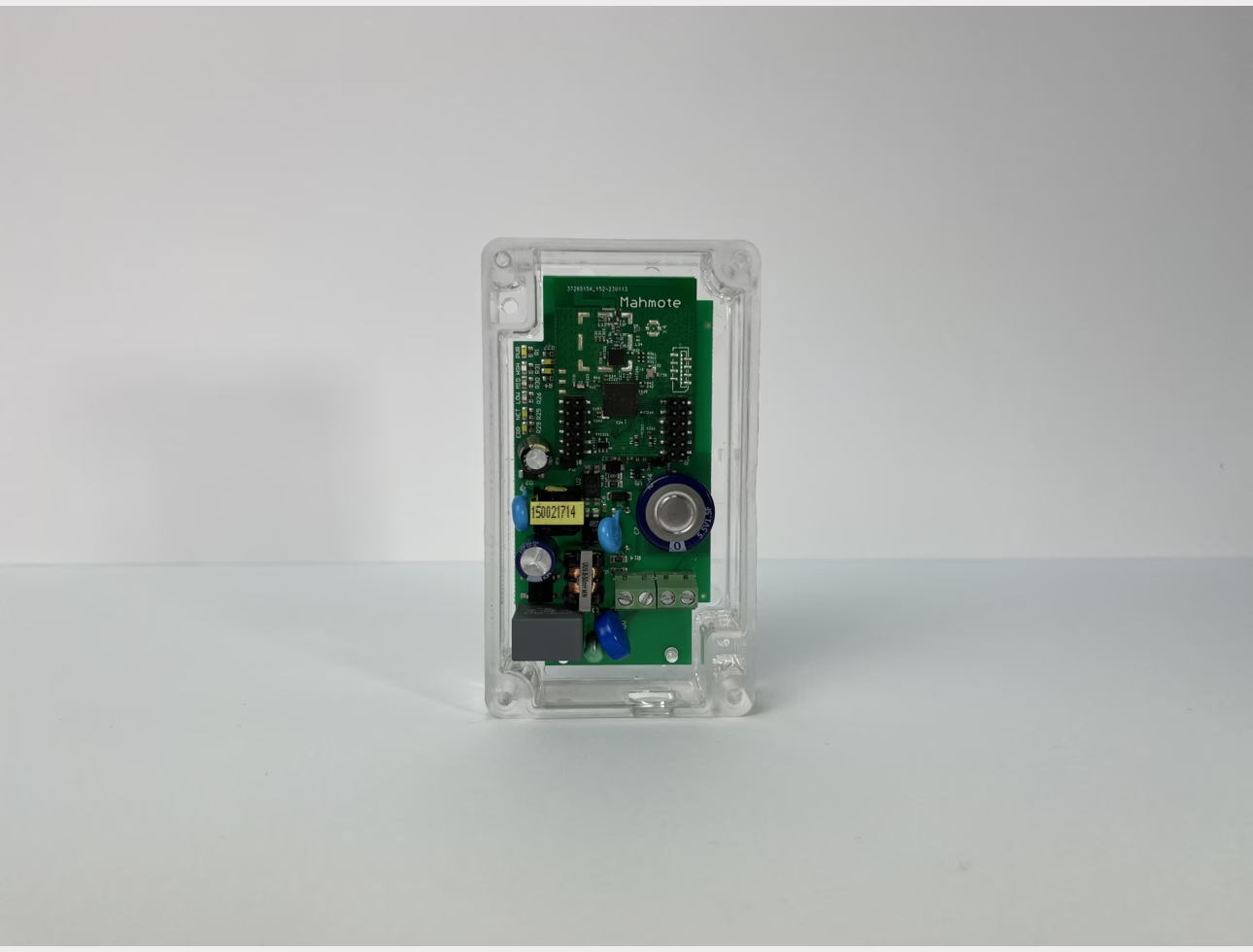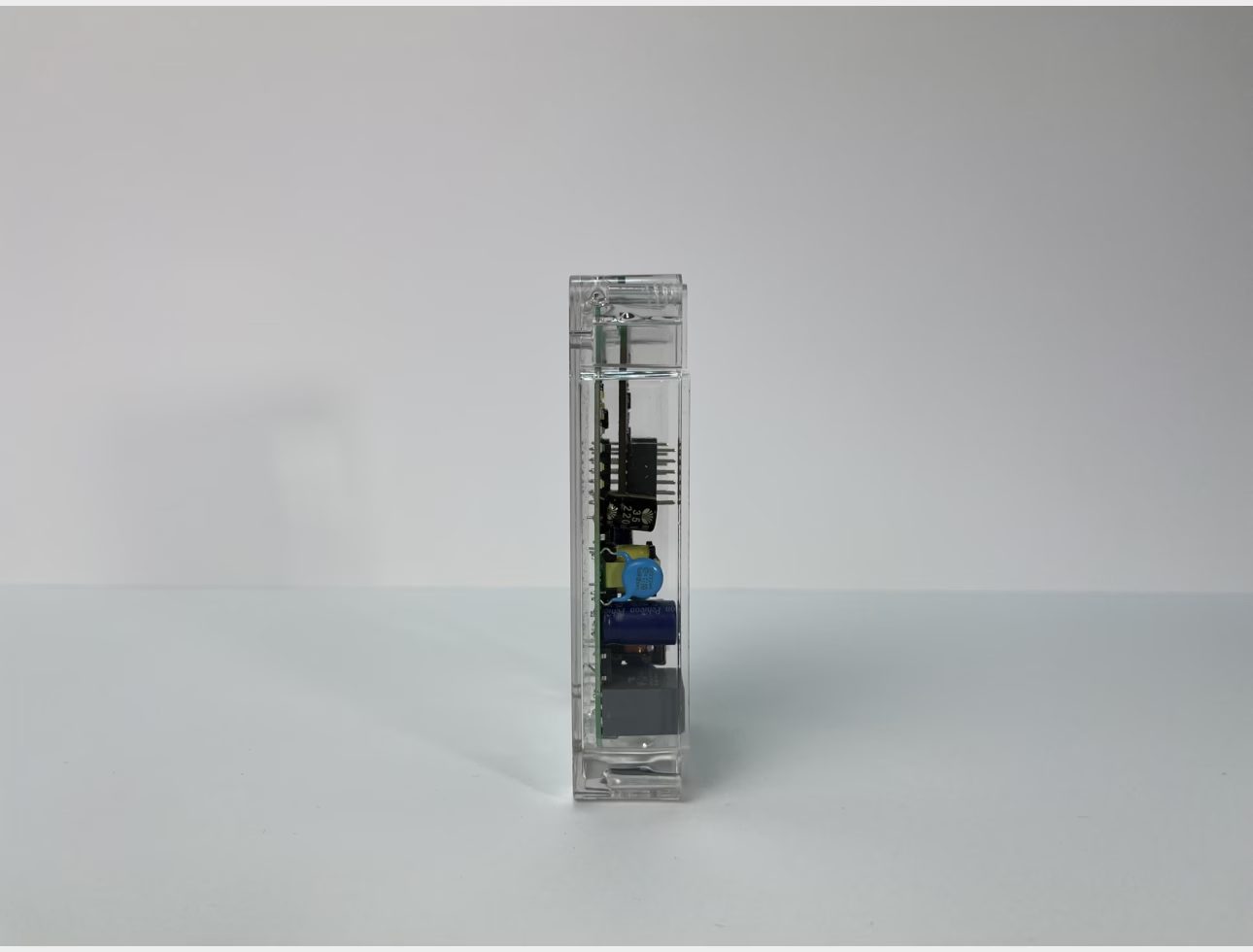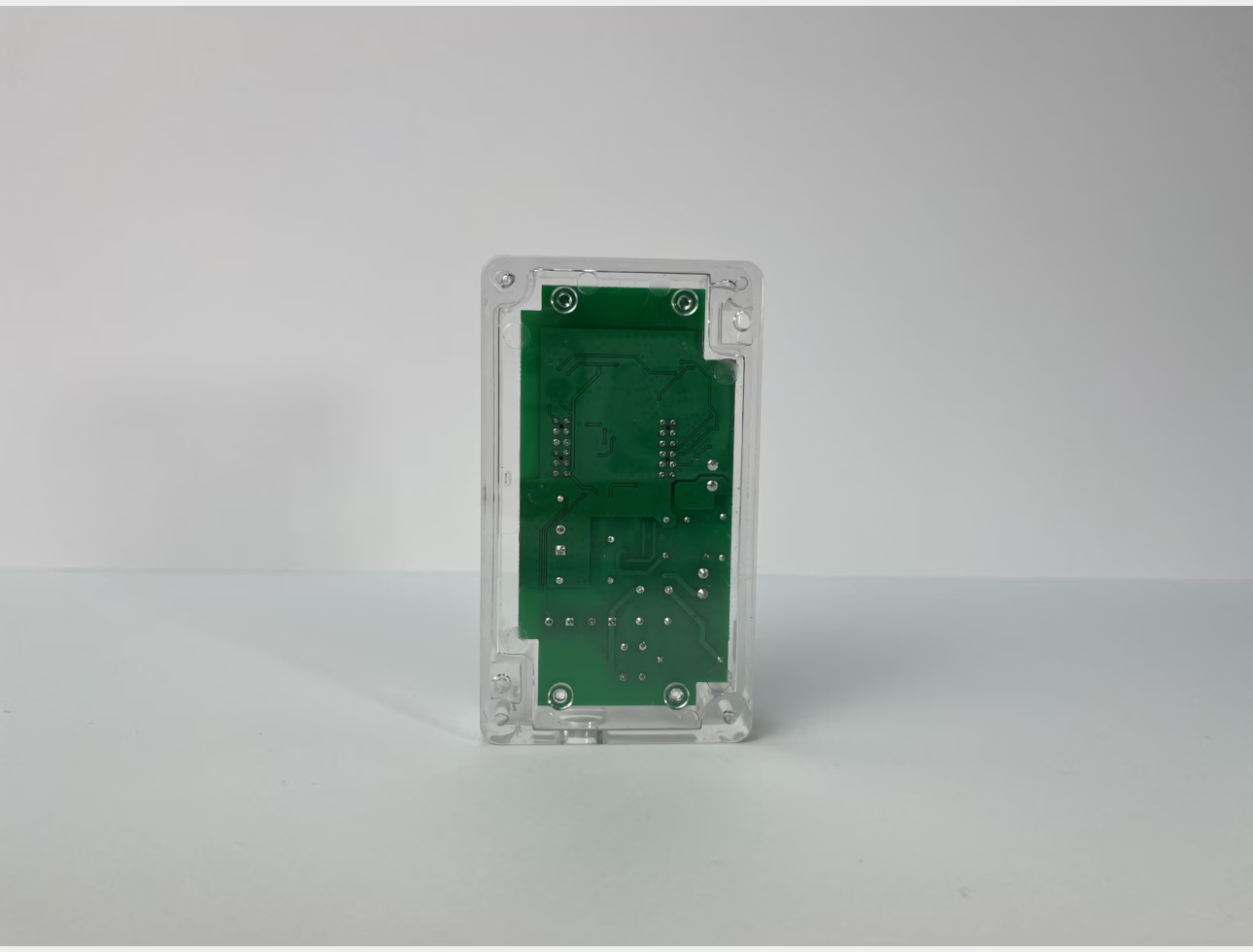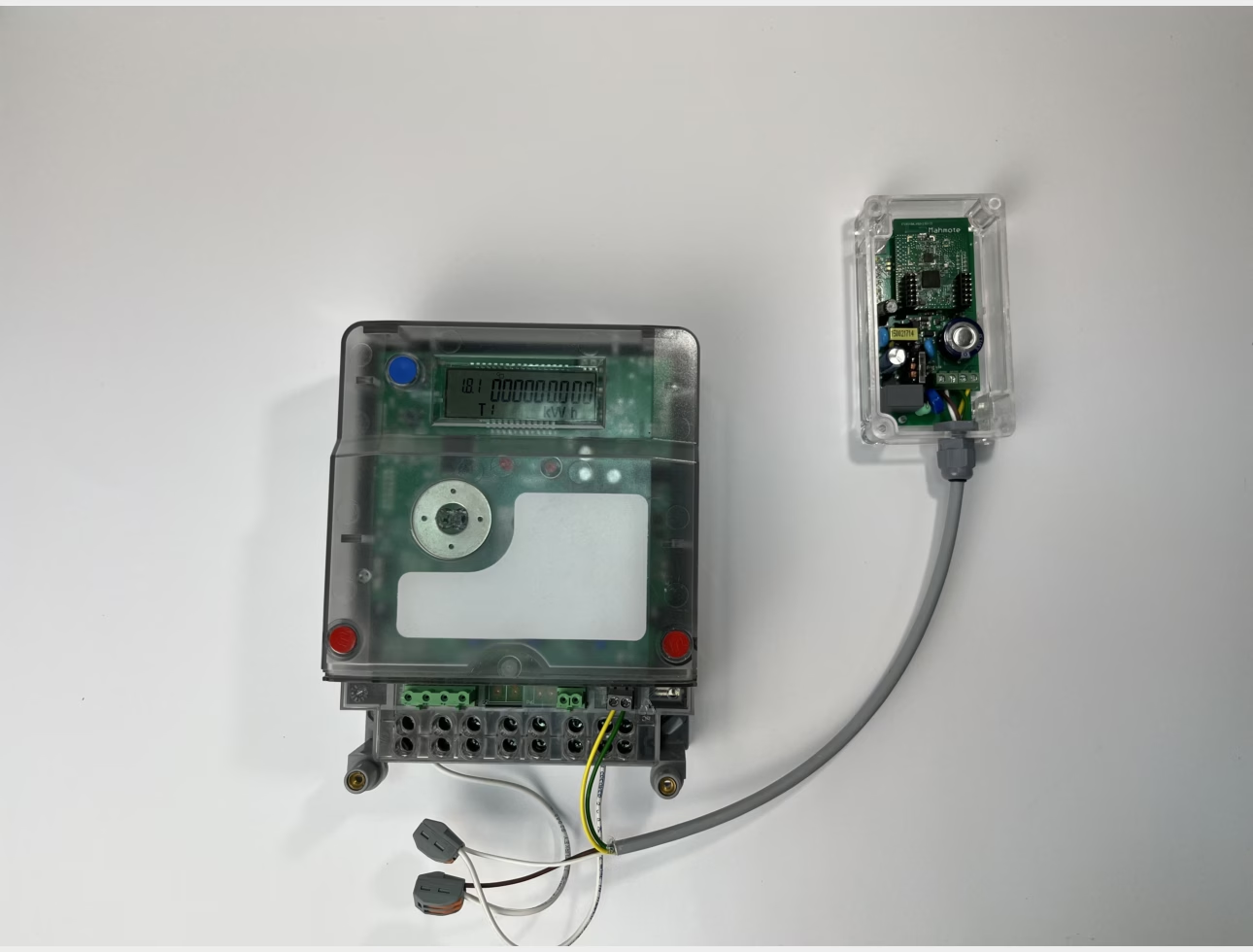Hardware Features:
Microcontroller (SoC): Features an industrial-grade System on Chip (SoC) architecture based on Texas Instruments' CC2538. This SoC combines high processing power with low power consumption, offering long-lasting and stable operation.
Frequency Support: Operates specifically in the 2.4 GHz frequency band. This band support is ideal for short/medium-range applications requiring high data rates and heavy traffic. 2.4 GHz compatible with common wireless technologies like Wi-Fi and Bluetooth, offering higher bandwidth and generally shorter range.
RF Performance: Advanced RF front-end design minimizes environmental noise, providing high receiver sensitivity and enhanced transmission capacity. Integrated linear amplifiers and filters maintain signal integrity.
Industrial Interfaces: Includes an integrated RS-485 driver circuit for direct communication with meters and other field equipment. It is compatible with different TTL logic levels and provides automatic or manual direction control.
Power Supply: Features a stable switched AC/DC power supply that can be powered from the mains. This power supply includes filter circuits and galvanic isolation to protect against sudden voltage fluctuations and electrical interference.
Power Continuity: An integrated energy storage unit (supercapacitor or battery support) is included to ensure operational continuity and prevent data loss during power outages. This unit has the ability to send notifications in the event of a power failure.
Hardware Reset: A hardware reset (watchdog) mechanism is integrated to improve system stability in case of software errors or lock-ups.
Antenna Design: Offers internal or external antenna options depending on the application scenario. Compact PCB antenna designs optimize electromagnetic performance while ensuring ease of manufacturing and cost-effectiveness.
Visual Indicators: LED indicators such as POWER, Link Quality (High/Medium/Low), Network Connection (NET), Error (ERROR), Data Receive (RX), and Data Transmit (TX) are available to monitor the modem's operational status instantly.
Software Details:
Embedded Operating System: Runs on a custom embedded operating system optimized for low-power and resource-constrained systems (e.g., Contiki-NG or a similar RTOS). Compatible drivers and boot scripts have been developed for the CC2538 integrated circuit.
Protocol Stack:
-
IETF 6TiSCH Compliant RF Mesh Protocol: Features a customized wireless mesh network protocol stack based on the IETF 6TiSCH standard to ensure high reliability, low latency, and energy efficiency of data transmission.
-
MAC Layer (IEEE 802.15.4e TSCH): Provides resilience against interference and multipath effects with a Time Slotted Channel Hopping access mechanism. It is especially optimized for potential congestion in the 2.4 GHz band.
-
Routing Protocol (RPL): Includes a customized Routing Protocol (RPL) implementation to optimize data flow and create robust routes in the network.
-
Adaptation Layer (6LoWPAN): Enables efficient transmission of IPv6 packets over low-power wireless networks, allowing for large-scale IoT applications.
Application Layer Protocols: Integrated application layer protocols supporting industrial standards such as IEC 62056-21 for communication with energy meters.
Data Management: Secure and lossless data collection mechanisms are available. Data compression algorithms optimize bandwidth usage when necessary.
Security: Advanced encryption algorithms and key management mechanisms are integrated to ensure end-to-end data security. This prevents unauthorized access and data manipulation.
Remote Update and Management: The modem's software can be updated remotely via a central system or data collector. This reduces field maintenance costs and extends the system's lifespan.
Diagnostics and Error Management: Detailed diagnostic and logging features are available for system status, connection quality, and potential errors. This information can be accessed via a web interface or transmitted to a central system.
Key Features and Advantages:
High Reliability: Uninterrupted and stable communication even in harsh industrial and environmental conditions.
Flexibility: High performance in the 2.4 GHz frequency band and a wide range of application areas with various interface options.
Energy Efficiency: Ideal for battery-powered applications due to low power consumption.
Advanced Security: Multi-layered security protocols to ensure data integrity and confidentiality.
Easy Integration: Easy integration with existing meter infrastructures and central management systems.
Domestic and Original Solution: A product developed with domestic R&D capacity, reducing import dependency.
Remote Management and Maintenance: Remote software update and monitoring capabilities that reduce field operation costs.



